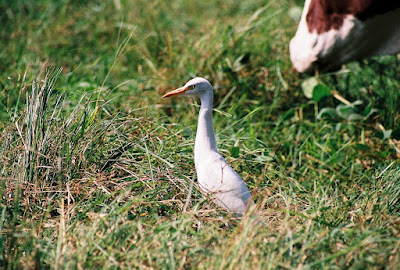Picturesque literary (historical and cultural dictionary Queyras) the nineteenth century, the Alps are in vogue. The English aristocrats and the bourgeois Europe are to become disciples of Rousseau mountaineers, was it time for a trip, less for fresh air, healthy, invigorating nature of which has not yet been affected by the progress to enjoy the entertainment offered by the impressive mountains. They admire accidents terrain, gorges to unfathomable depths, the high cliffs that seem to touch the heavens, bubbling mountain streams and thundering. In a word, they look the picturesque, as only the high mountain and wilderness can bring. Queyras travelers of the nineteenth century and the first tourists, the peaks and chasms, parades and rocks terrifying, dark, fierce, arouse in the minds of citizens posed of terrified amazement. Here
as Henri Ferrand, traveler, photographer and writer in his spare time, the analysis in 1909 quaint Combe Guil:
"The picturesque is a happy combination of three elements of beauty: the woods, rocks and water, and it is because it combines the most varied that evokes a Combe if printing high degree picturesque. "
Where travelers nineteenth and twentieth s, eager for thrills, see only "elements of beauty," the citizen Bonnaire, who was prefect of the Hautes-Alpes and presenting himself as an enlightened man anxious to improve the living standards of mountain, saw in 1801 (before the writers are not romantic fashion journey in the Alps) mountains that frightened him: "The department of Hautes-Alpes, bristling with rocks, glaciers, cut by a multitude of torrents and precipices, the eye does nothing repulsive: it is difficult to conceive that men could be determined to fix their homes in these deep valleys and narrow that the sun seemed to illuminate and regret that, subject to all the rigors of a harsh climate and varying hardly compensate the farmer for his advances and his sweat. "
What differences between these two visions of the mountain! Even the authors do not always Queyrassins to steer clear of fads or too dominant and succumb to the excitement of the wild beauty of their mountains, making their own quaint and frightening vision which is transmitted by travelers. Gen. William yields to magnificent picturesque: "When the traveler goes back Gorges du Guil, he defends himself against a hard chest tightness, anxiety even, between gigantic cliffs that dominate both sides and seem ready to 1'écraser their mass. Even Tivollier
Jean, born in Fontgillarde, succumbs to this picturesque: "We follow the curves of the cove where the rocks Guil runs a dizzy depth; one can not repress a shudder when we look at the abyss" . Or: "A striking impression you hugged in front of such grand and primitive one feels overwhelmed by these walls titanic echo with the sound of the Guil awakens in solitude; vies with admiration and fear this show is an unforgettable character. " Or: "The ravines become angry dragons cut the road and intercepted by heaps of earth, stones and rocks."
Queyras, these lovers of the picturesque do not see or do not know see the pastures, meadows mown, smiling landscapes shaped by human hands. They do not see what belongs to an ancient culture, they see the rocks, waterfalls, cliffs, peaks, precipices, anything which raises strong feelings, all that impressive, but what makes exclaim and marvel, all that frightening. Not seeing them, they do not admire the beauty. Yet it is these landscapes that are the specifics of Queyras, these mountains cultivated, irrigated, shaped over millennia by the work of people, landscapes that are little quaint, but oh so poignant, especially as the slow disappearance of 'agro-pastoral economy could make them forever to nature.

